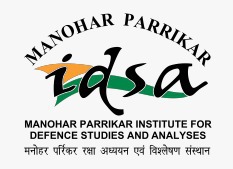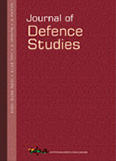Severing the Hawala Trail to and from India
Terror groups need money for procuring weapons, ammunitions, material, communication equipment, recruiting, conducting information operations, housing, and paying compensation to active members and their dependents. Terror organizations utilize a number of sources to fund their operations such as charities, extortion from local traders, forest produce, narcotics, kidnapping-ransom, extortion from NGOs and aid organisations. So where does Hawala figure in the above matrix. Hawala largely acts as the mover of funds than source of funding.
- Dushyant Singh |
- October 2009 |
- Journal of Defence Studies




